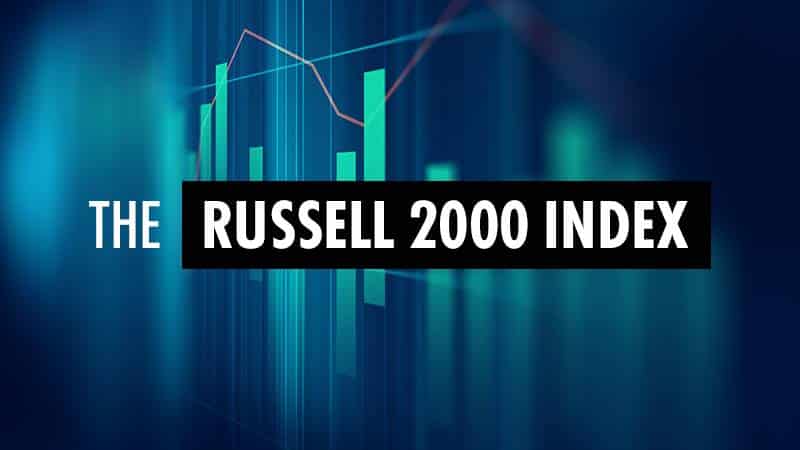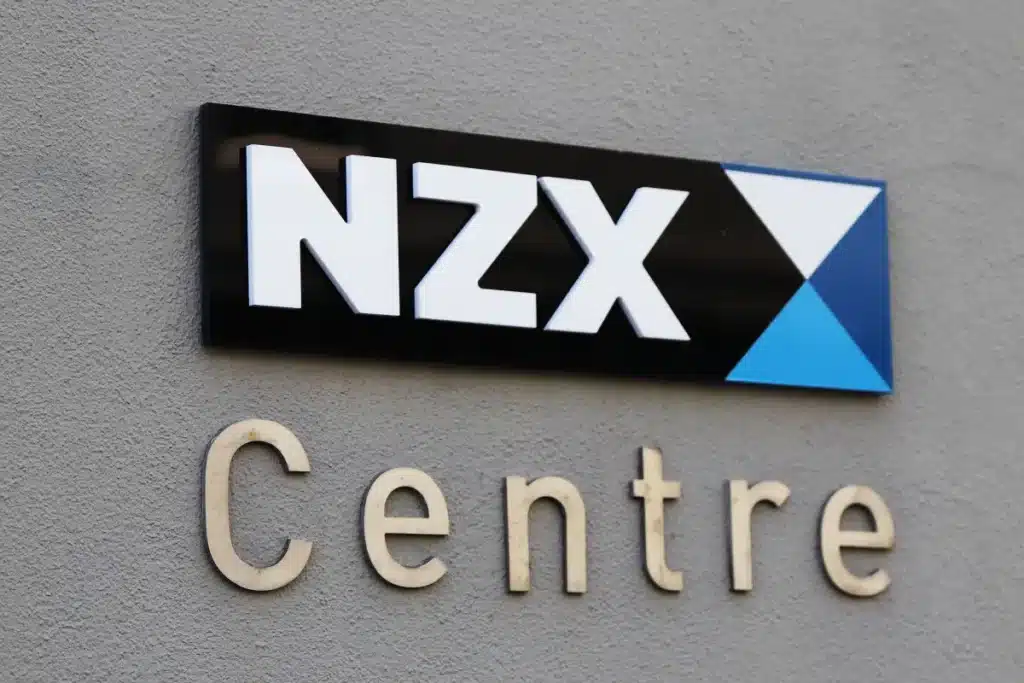Trump Raises Steel and Aluminum Tariffs, ADP Report Ahead: What’s Moving Markets
In the latest market developments, there’s been a noticeable shift in investor attention as the news of Trump raising tariffs on steel and aluminum dominates headlines. This move is part of a broader strategy by the U.S., aiming to renegotiate trade agreements with key partners. At the same time, market participants are preparing for the latest ADP Employment Report, which could provide crucial insights into the current state of the U.S. labor market.
Understanding the Tariffs
President Trump’s decision to increase tariffs on steel and aluminum imports comes as a tactical measure to bolster domestic industries. By imposing these tariffs, the administration hopes to encourage the consumption of locally produced metals, thereby supporting American jobs and manufacturing sectors. However, the real battle lies beyond the U.S. borders. The tariffs could potentially heighten tensions with trading partners like China, leading to possible retaliation and further complicating international trade relations.
For investors, trade talks between the U.S. and China are a key area of focus. China’s response to these tariffs, particularly how it might impact their negotiating stance, could have far-reaching consequences not just for the involved nations but for global markets. Any signs of escalation could lead to market volatility, as investors brace for potential disruptions in global supply chains.
Anticipation Builds for the ADP Report
While geopolitical developments unfold, attention also turns to the upcoming ADP Employment Report. As a precursor to the government’s official employment data, the ADP report is an important indicator that offers clues about the strength of the U.S. job market. Investors and economists alike will be scrutinizing this report for any indications of labor market weaknesses or strengths, particularly in light of recent economic challenges.
Should the ADP data reveal strong job growth, it could bolster investor confidence and mitigate some concerns about a slowing economy. Conversely, weaker-than-expected numbers might exacerbate fears of an economic downturn and lead to a reassessment of monetary policy expectations from the Federal Reserve.
Investor Reactions
Despite these uncertainties, U.S. stock futures have remained relatively stable. The resilience can be attributed to a mix of cautious optimism about resolving trade disputes and expectations that the labor market will continue to display robustness. However, the complex interplay of these factors requires careful navigation by investors.
As the situation evolves, investors are advised to stay informed, monitor the reactions from major trading partners, and adjust their strategies accordingly. The market’s reaction to tariffs and employment data could herald shifts in global economic trends, offering both challenges and opportunities for strategic investors.
In summary, the current market narrative is being shaped by trade policy decisions and employment data, both of which carry significant implications for economic health. Staying attuned to these developments will be key for those looking to effectively manage their investment portfolios amid the ongoing market fluctuations.
Today’s Top Analysis Overview
In today’s analysis section, we’re diving into some intriguing opportunities and market insights that could shape your investing strategy. With topics ranging from the S&P 500 outlook to sector-specific opportunities like silver, there’s a lot to consider. Here’s a breakdown of the analyses touching on key market movements and predictions.
Is the S&P 500 Seeing Something the Market Is Missing?
The S&P 500, representing a vast portion of the market’s equity, sometimes offers signals that are different from broader market sentiments. Analysts are exploring whether recent movements within the S&P 500 are uncovering hidden opportunities or risks. The analysis questions whether the current market prices of S&P 500 components reflect their actual value and whether investor sentiment is skewed. This perspective can help investors identify if there’s a potential gap between the market’s perception and reality.
A Stock to Put on Your Radar in June
We’re highlighting a specific stock this June that presents an interesting opportunity. While we can’t disclose the stock’s name here, the analysis suggests focusing on companies with solid fundamentals coupled with temporary undervaluations. The insights shared are intended to help you identify which stocks might potentially outperform based on current market conditions and company-specific developments.
Silver: Potential Break Above $35 Could Unleash the Next Leg Up Amid Tight Supply
Silver has been in the spotlight due to its dual role as both an industrial metal and an investment asset. The analysis discusses the impact of supply constraints and increased demand, leading to a potential price surge if it breaks the $35 barrier. This could present significant upside for those involved in commodities trading or who are considering diversifying their portfolio with precious metals.
USD/CAD Upside Risks Grow as Rate Cut Odds Fade on Inflation, GDP Surprise
Currency markets can be volatile, and the USD/CAD pair is no exception. The analysis delves into factors like inflation and unexpected GDP figures that are influencing the pair’s movements. With current expectations of reduced rate cuts, investors trading in this pair might observe heightened risks and rewards based on these economic indicators. The focus here is on understanding how macroeconomic changes influence currency values and trading decisions.
Gold Buying Slows at High Price Levels, but Underlying Demand Remains Intact
Gold, known for its role as a safe-haven asset, is under scrutiny as buying slows at elevated prices. However, the analysis makes a case for sustained underlying demand driven by geopolitical concerns and inflationary pressures. This insight is useful for those investing in gold, offering a glimpse into future opportunities despite current price fluctuations. It also emphasizes the importance of understanding global economic contexts when investing in commodities like gold.
Conclusion
The Today’s Top Analysis section highlights the intricate dance of market forces and the potential paths investors may consider. Whether you’re looking at equities, commodities, or currency exchanges, staying informed and open to different analyses is crucial. Remember, every investing decision carries risks, and it’s vital to weigh them alongside potential rewards. Keep an eye on these analyses as they might just offer the opportunity or insight to align with your investing goals.
Understanding Today’s Top News in the Stock Market
If you’re following the stock market, today’s headlines present some intriguing developments. Let’s dive into some of the major news items and explore how they might impact investors like you.
1. U.S. Stock Futures Edge Higher on Trade Talk Optimism
As of today, June 4, 2025, U.S. stock futures are experiencing a slight uptick, largely driven by optimism surrounding potential trade negotiations. This is a particularly crucial development as the U.S. gears up for discussions with its major trading partners, notably China. Why does this matter? Well, trade talks can significantly influence economic policies and market sentiment. Positive negotiations can lead to reduced tariffs, smoother trade flows, and ultimately, a more favorable environment for businesses and investors alike.
2. ADP Labor Data Release
Another economic indicator that investors are watching closely is the upcoming release of the ADP labor data. This report provides insight into private sector employment trends, offering a snapshot of economic health. Strong labor data often signals economic growth, which can buoy investor confidence and fuel market rallies. On the flip side, weaker-than-expected numbers could stir concerns about economic slowdown, impacting both individual stock prices and broader indexes.
3. President Trump on China
In a recent statement, President Trump referred to China’s President Xi Jinping as a “tough negotiator.” This comment underscores the complexity of U.S.-China trade talks and reflects the cautious optimism that both nations might eventually reach an agreement. For investors, navigating through these headlines means keeping a pulse on any developments that could sway stock prices, especially those heavily reliant on international trade.
4. Barclays Raises 2025 S&P 500 Target
Adding to the current buzz, Barclays has announced an upward revision of its S&P 500 target for 2025 amidst a series of optimistic updates from Wall Street. This adjustment signals potential investor confidence and could drive a shift in market dynamics. For those holding or considering investments in large-cap stocks, these changes can have a rippling effect on portfolio values.
5. Gold Prices Hold Steady
Amidst all this, gold prices are notably stable today. With attention focused on ongoing trade talks and geopolitical contexts, gold remains a barometer for risk sentiment. Investors traditionally flock to gold as a “safe haven” during times of uncertainty. Thus, its price behavior can provide insights into broader market sentiment. As negotiations advance, keep an eye on how these discussions influence gold as part of your diversified investment strategy.
In conclusion, today’s market developments highlight the ever-evolving landscape of investing. Whether you’re a seasoned investor or just starting out, staying informed of these updates is crucial for making well-timed and strategic decisions. Remember, each piece of news impacts the market’s mood and can provide opportunities if you understand their implications. Always consider your own financial goals and risk appetite before taking action in the stock market. Happy investing!








